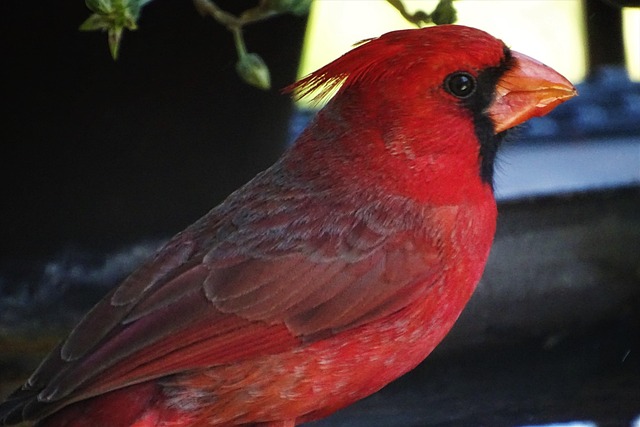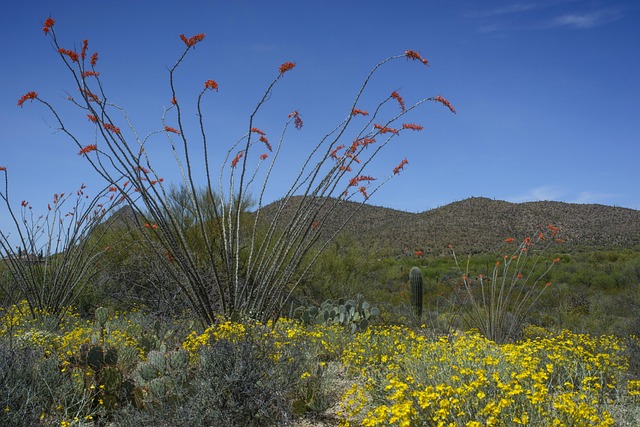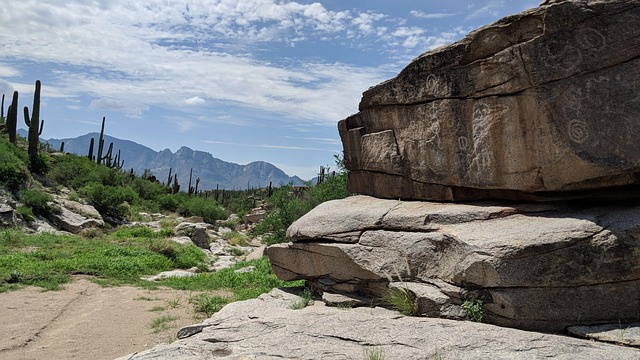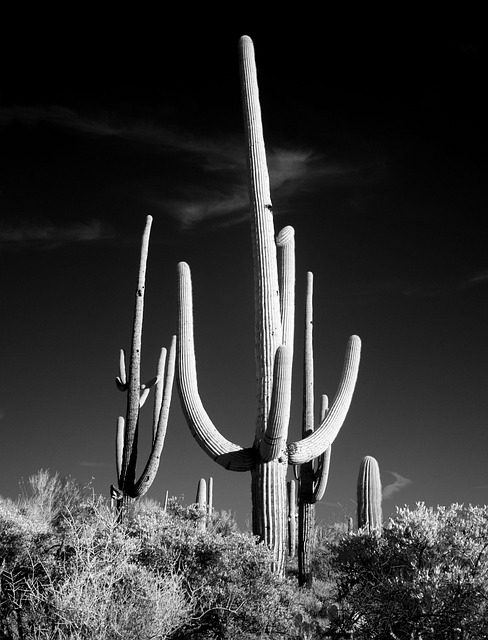Celebrating diverse cultural heritage in real estate enhances property values by integrating architectural influences and design elements that reflect local traditions. Real estate professionals embrace these cultural aspects to create inclusive spaces, attract a broader audience, and build communities where people from various backgrounds feel at home. Overcoming stereotypes, Hispanics and Native Americans are reshaping urban landscapes and achieving success, inspiring others to embrace their unique contributions to the real estate market.
Discover the vibrant intersection of rich Hispanic and Native American heritage in real estate. This article explores how diverse cultural roots are celebrated through unique property trends, while also delving into the successes of individuals overcoming stereotypes. We examine modern homes that seamlessly integrate traditional elements with contemporary design, reflecting a dynamic tapestry of influences. By embracing these cultural heritages, real estate offers a space for pride and preservation in today’s market.
Celebrating Diverse Cultural Roots in Real Estate

In the vibrant landscape of real estate, celebrating diverse cultural roots is more than just a trend—it’s a testament to the richness and variety that make our communities unique. Hispanic and Native American heritage offer a tapestry of traditions, histories, and architectural styles that are transforming the way we think about and design spaces. From vibrant, colorful interiors inspired by Mexican folk art to intricate wooden carvings reminiscent of Navajo craftsmanship, these cultural influences enrich our everyday environments.
Real estate professionals play a crucial role in acknowledging and promoting this diversity. By embracing and showcasing the cultural heritage of their communities, agents can create inclusive spaces that resonate with a wide range of buyers and renters. This not only enhances property value but also fosters understanding and appreciation for the diverse cultural roots that contribute to the vibrancy of our cities and towns. In terms of marketing and design, recognizing and integrating these cultural elements can be a game-changer, attracting a broader audience and creating spaces where folks from all backgrounds feel welcome and at home.
Overcoming Stereotypes: Native and Hispanic Success

Overcoming stereotypes is a significant step in appreciating the richness of Hispanic and Native heritage, especially in the context of real estate. For decades, these communities have been marginalized and often judged based on outdated and inaccurate assumptions. In the vibrant landscape of modern cities, Native and Hispanic individuals are breaking barriers and achieving remarkable success in various fields, including real estate.
Their journey towards prosperity is a testament to resilience and adaptability. Many Hispanics and Natives have defied expectations by becoming influential business owners, developers, and agents, shaping the very neighborhoods they call home. By challenging stereotypes, they’re not only securing their place in the industry but also enhancing diversity and enriching the tapestry of urban living. This success story resonates across the country, inspiring others to recognize and embrace the unique contributions these communities bring to the real estate market.
Integrating Heritage into Modern Property Trends

In today’s diverse real estate landscape, there’s a growing trend among property buyers and sellers to integrate their cultural heritage into their living spaces. For individuals with rich Hispanic or Native American backgrounds, this means incorporating elements that resonate with their roots—from architectural styles inspired by traditional homes to the use of local, culturally significant materials. This integration not only enriches the personal connection to one’s heritage but also adds a unique charm and authenticity to properties in the real estate market.
This cultural infusion is extending beyond just construction and design choices. Many buyers are seeking out locations that reflect their heritage, whether it’s neighborhoods with strong historical ties or communities known for their vibrant cultural celebrations. This shift in trend is transforming the real estate industry, encouraging developers and agents to be more sensitive to these cultural nuances. As a result, we’re seeing a diverse market where properties don’t just sell houses; they become vessels for preserving and celebrating diverse cultural legacies.






